How to Use Chandeliers in Your Home
Twenty years ago, a chandelier was a sure thing in two rooms in the home -- the foyer and dining room. Fortunately, today’s homeowners and lighting designers have broken those two-room barriers, allowing chandeliers to become statement-making additions to everything from bedrooms to closets. The American Lighting Association offers the following information to help you embrace the trend and transform your home—and your lighting.
What’s changing about today’s homes?
Want to mix a little traditional with a little modern? No problem, because today’s decorating dictates a personality-driven décor and a lack of true rules. That, in turn, has influenced how homeowners use chandeliers.
“A lot of people are trying to make their homes a little bit more unique, so they are pulling away from chandeliers in traditional spots,” says Jeff Dross, Corporate Director of Education and Industry Trends with Kichler Lighting.
Another factor influencing chandelier use is new home design. “The two-story foyer is essentially disappearing from new architecture,” says Dross. Pendants are making inroads into dining rooms, too, so chandelier use is naturally migrating to other spaces.
So why chandeliers?
While chandeliers come in a range of styles, sizes and colors, the functions of chandeliers have certain commonalities. Their height and structure naturally pulls the eye up and around a room, creating movement. Color or crystals can add visual interest, as can the mix of materials that make up the arms of a fixture.
“The illuminated candles and brilliant sparkle of crystal chandeliers provide multiple light points and create a vivid, less static environment,” says Mike Hadank, Director Retail Sales of North America, Swarovski Lighting. “Chandeliers add a sense of elegance and mood to any space.”
Where can chandeliers be used?
Where homeowners spend most of their time has changed, too. Master bedrooms -- some with expansive vaulted ceilings -- have turned into mini living environments to accommodate relaxing and reading as well as sleeping. Bathrooms have become larger, and guest areas are not just throwaway spaces anymore. That means that decorating these spaces is no longer an afterthought either.
“With the introduction of new chandelier styles and colors, homeowners feel inspired to place chandeliers in more personal spaces such as bedrooms, closets, bathrooms or kitchens,” says Hadank.
Dross adds, “Chandeliers offer an elegant, interesting feel with areas are we trying to dress up. For areas like a master bath, which is substantially larger than in the past, a chandelier fits pretty nicely and works as ambient light too.”
It is that switch from pure function to aesthetics that is also driving the appearance of chandeliers in unexpected places. “I continue to see them being used in guest powder rooms. It’s a room really designed to be purely functional, but homeowners want it to look interesting,” says Dross. “The lighting there can be beautiful and attention getting, and you can use small-diameter versions -- 15 inches to 19 inches.”
How are chandeliers changing?
Smaller light and electric sources have enabled lighting designers to create fixtures that are smaller in diameter, and to introduce newer colors and styles that are more adaptable and even customizable. Proportions and center columns are changing too, to accommodate both tighter spaces and ceilings that range from 8 to 12 feet.
When it comes to design, Dross is seeing an upswing in contemporary as Generation X and Y consumers move into their own homes and work on their own renovations, as well as Baby Boomers looking to redo their own decorating styles. As oversize furniture becomes less popular, the scale of contemporary chandeliers works better for newly streamlined spaces. “With smaller furniture and smaller rooms, you get a larger sense of space,” Dross says.
What do homeowners do wrong with chandeliers?
There is a bit of science and design mojo at work when it comes to creating spaces using chandeliers. For starters:
• Don’t hang the chandelier too high. “People will hang it a mile from the table,” says Dross. A rule of thumb: Keep it about 30 inches from the bottom of the chandelier to the top of the table.
• Scale up the chandelier size for the dining room. Dross recommends a chandelier that is slightly oversized in a dining room. “It fills the space a little better when it is a touch larger. If it’s a pipsqueak-size chandelier, it loses its impact. If you really like a small chandelier, put in two of them,” says Dross.
Article taken from https://www.americanlightingassoc.com/About-ALA/Press-Releases/Featured-Article---Chandeliers.aspx


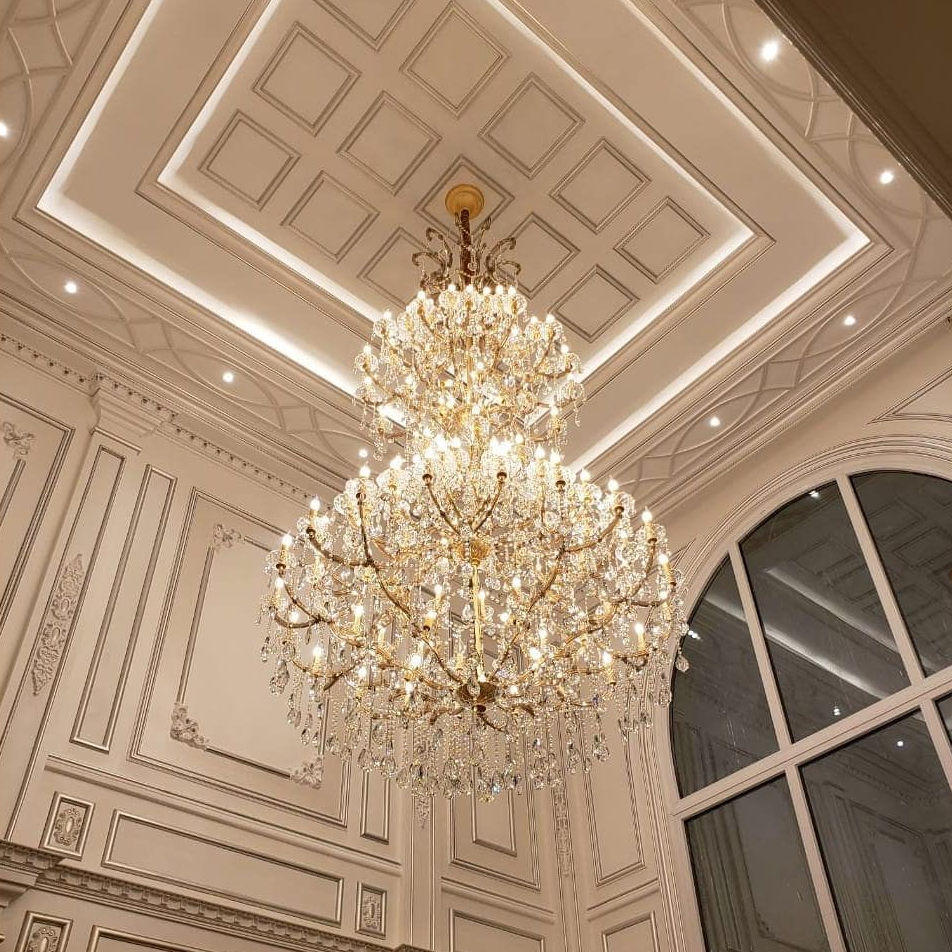
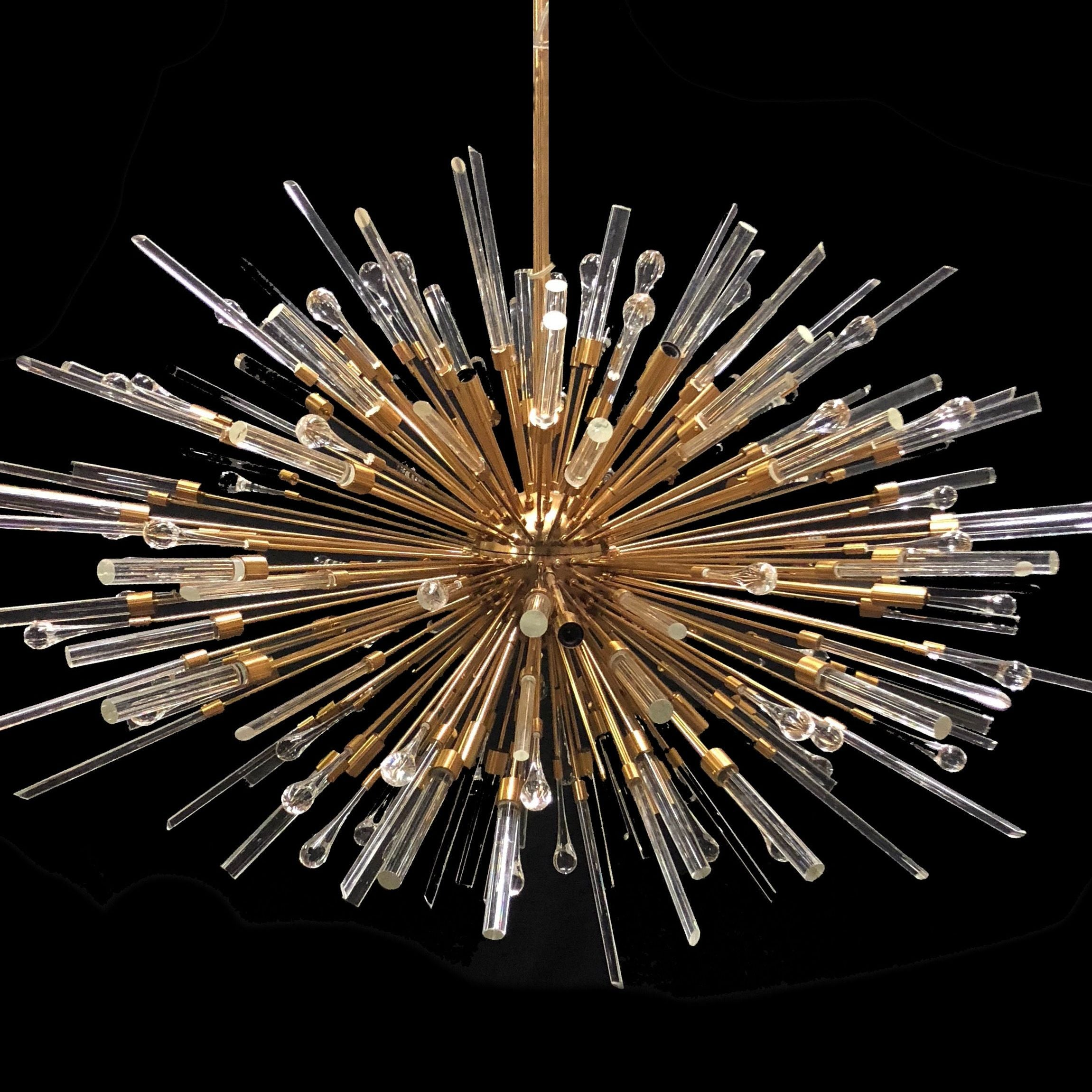

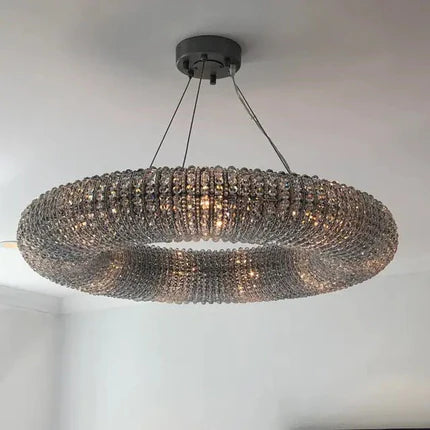
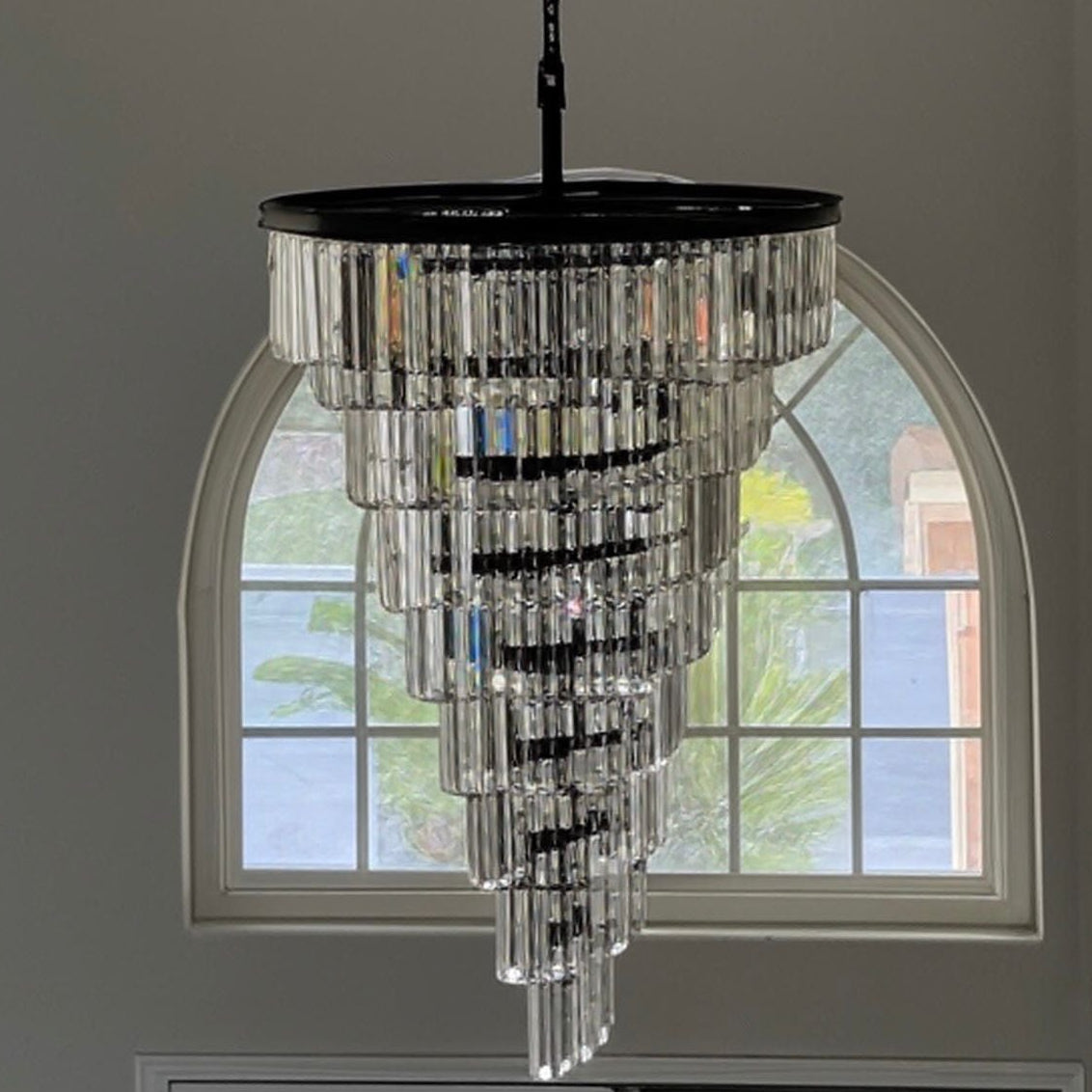
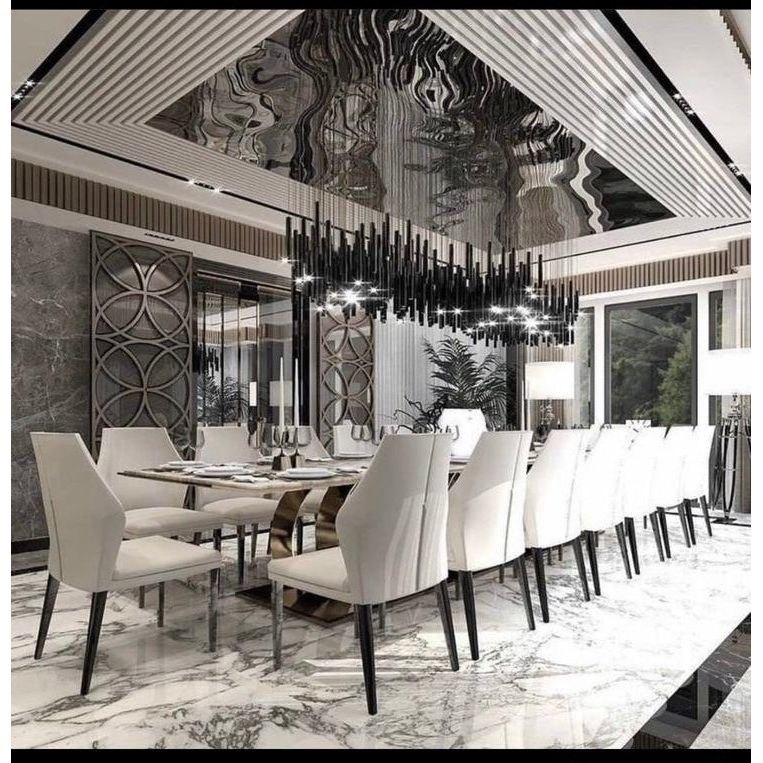
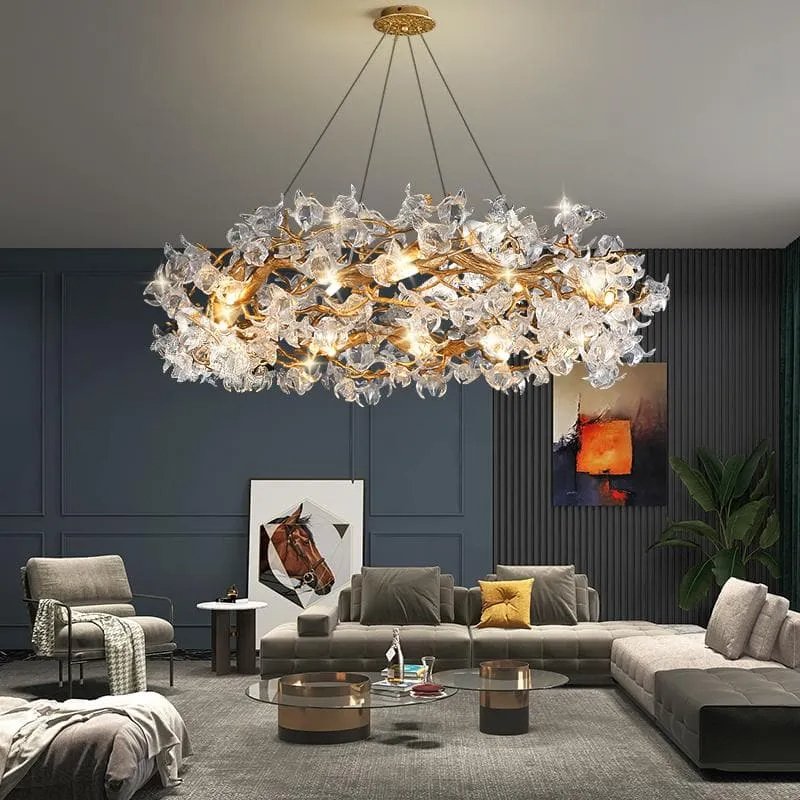
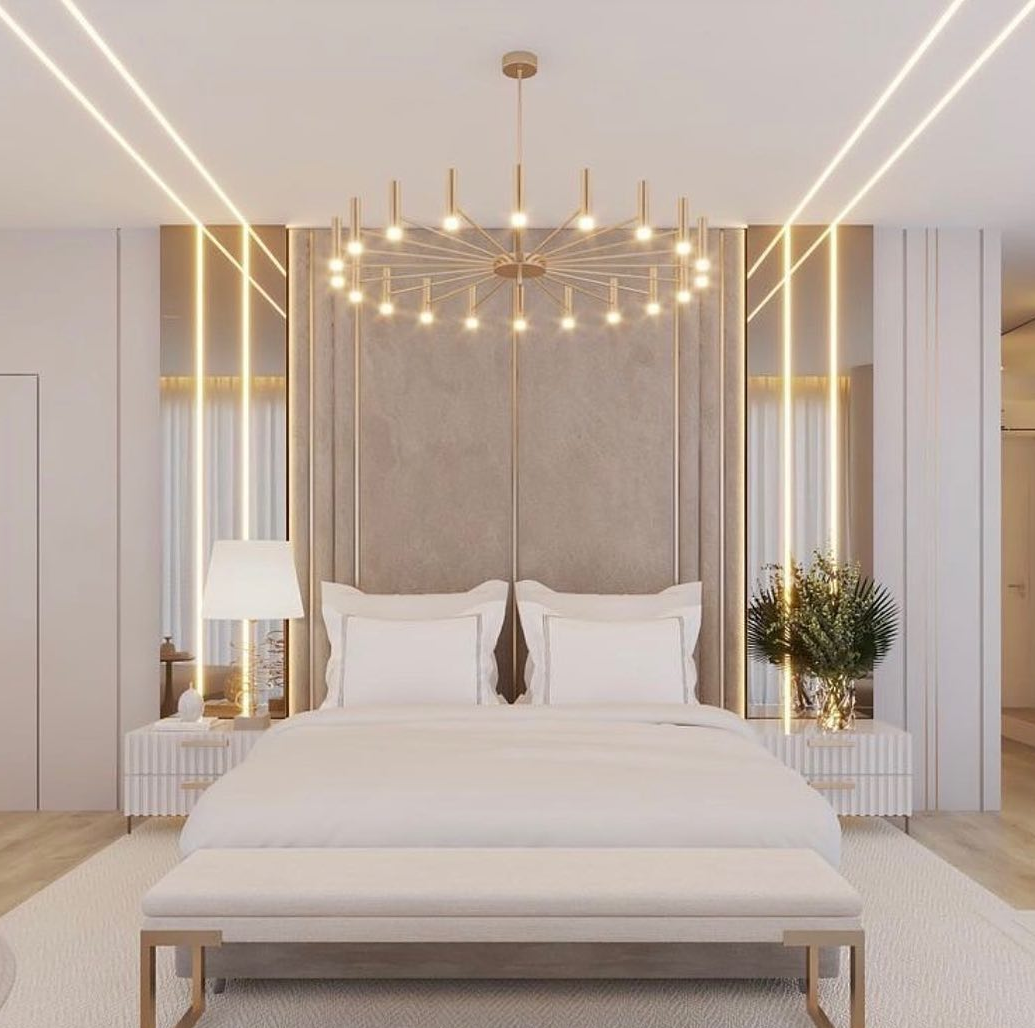
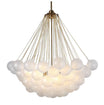
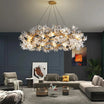
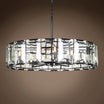
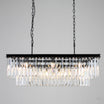
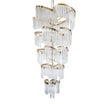

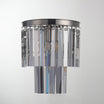
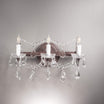

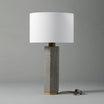
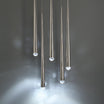
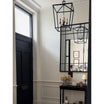
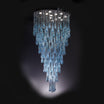
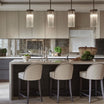
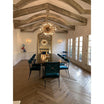
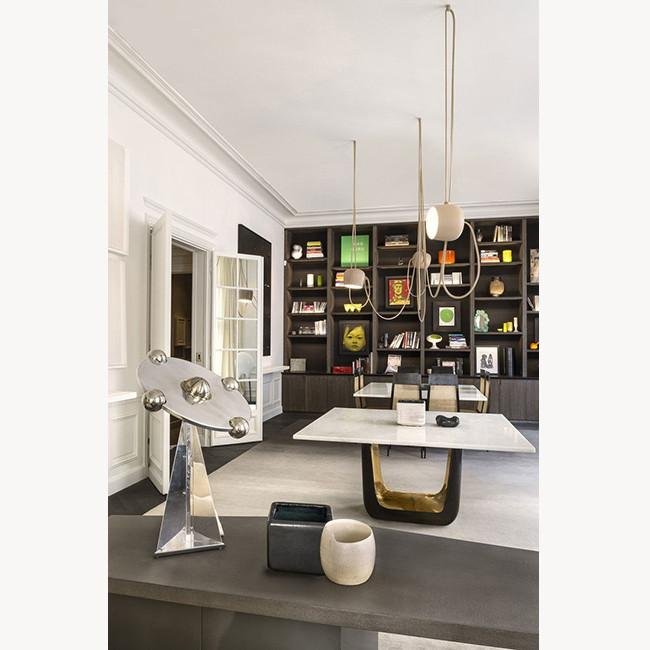
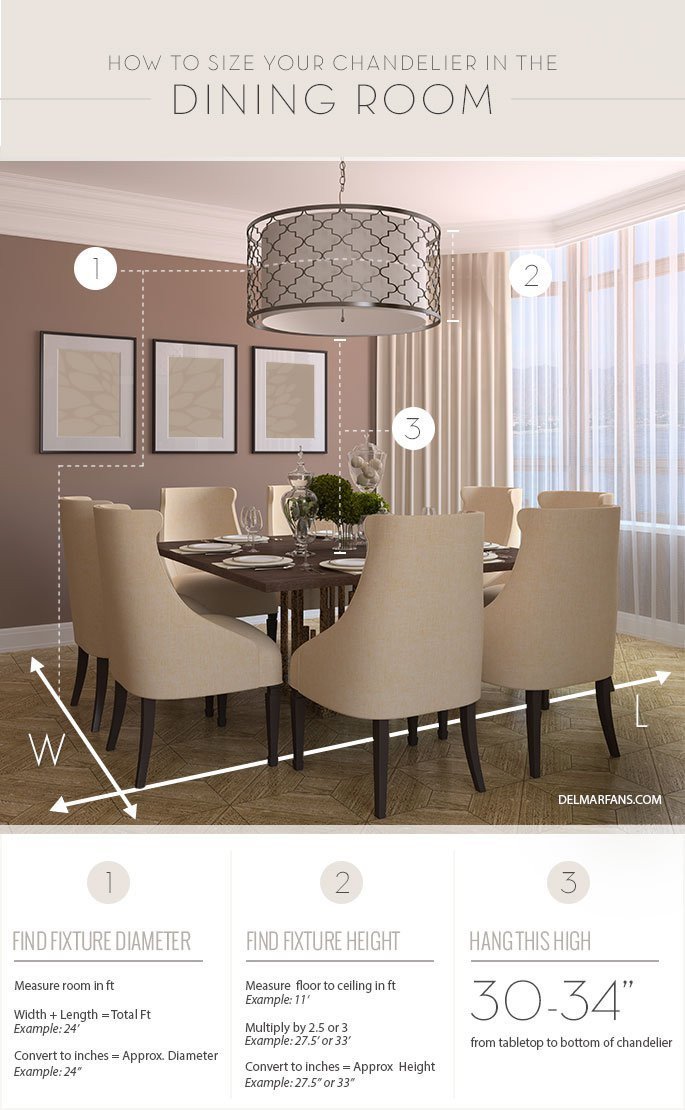
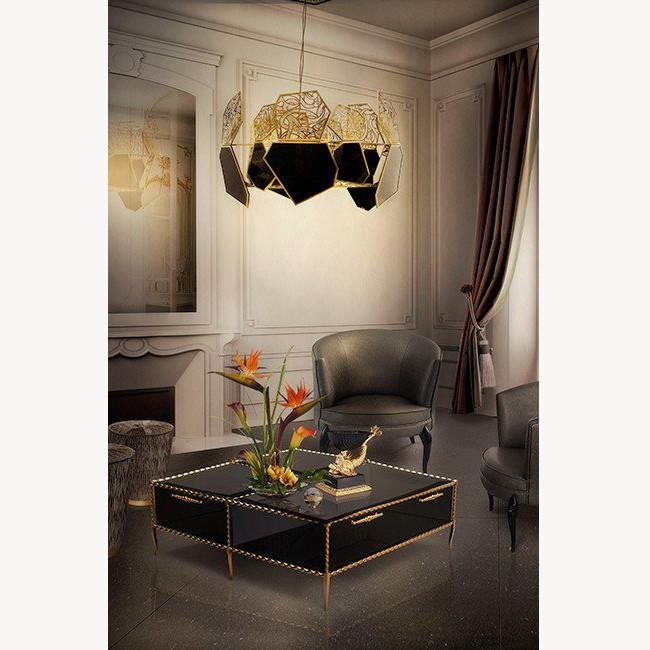
Leave a comment
All comments are moderated before being published.
This site is protected by hCaptcha and the hCaptcha Privacy Policy and Terms of Service apply.